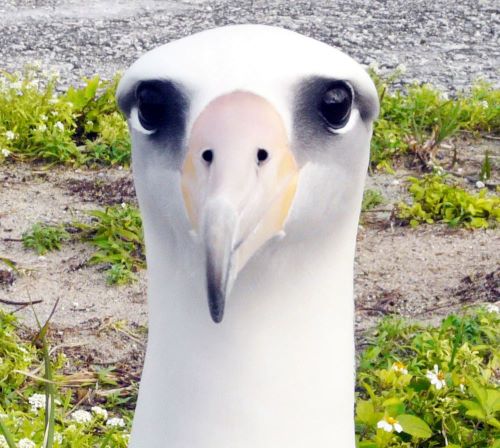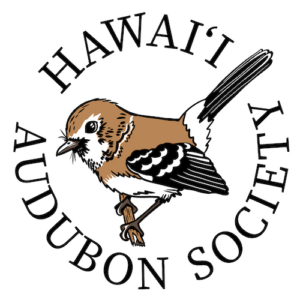
Big Birds, Bigger Joy: Hawaiʻi’s Albatross
/ Bird News, General Updates / By
Susan Scott
Bird Droppings: 10 Things We Want to Share About Hawaiʻi’s Mōlī (Laysan Albatross)
By Susan Scott
- Mōlī are the most common of the three albatross species that fly, feed, and breed in the North Pacific.
- 99% of all mōlī breed in the Hawaiian Islands.
- Mōlī nest at Oʻahu’s Kaʻena Point, the only protected area in the world where you can walk unescorted on a trail next to nesting albatrosses.
- Treasure this rare privilege. Stay on trails, respect the animals’ space, and report dogs or other misuses to DLNR enforcement: 808-643-3567. (Photos help.)
- As of Yesterday, Kaʻena Point contains 114 mōlī nests, and the birds are still laying. This is the largest nesting year there yet.
- Eggs hatch at the end of January through February. In June and July, the youngsters fly to sea to find their own squid, fish, and flying fish eggs.
- Youngsters remain at sea for 5 to 8 years, returning to their birthplace to court, mate, and raise their own chick.
- Two-to-three million albatrosses fly to Midway Atoll each year to breed, making Midway the largest albatross colony in the world.
- At 74 years old, Midway’s Wisdom, the oldest known bird in the world, on November 26th, laid another egg.
- Hawaiʻi’s other two albatross species are the less common kaʻupu (Black-footed Albatross) and the rare Short-tailed Albatross.
